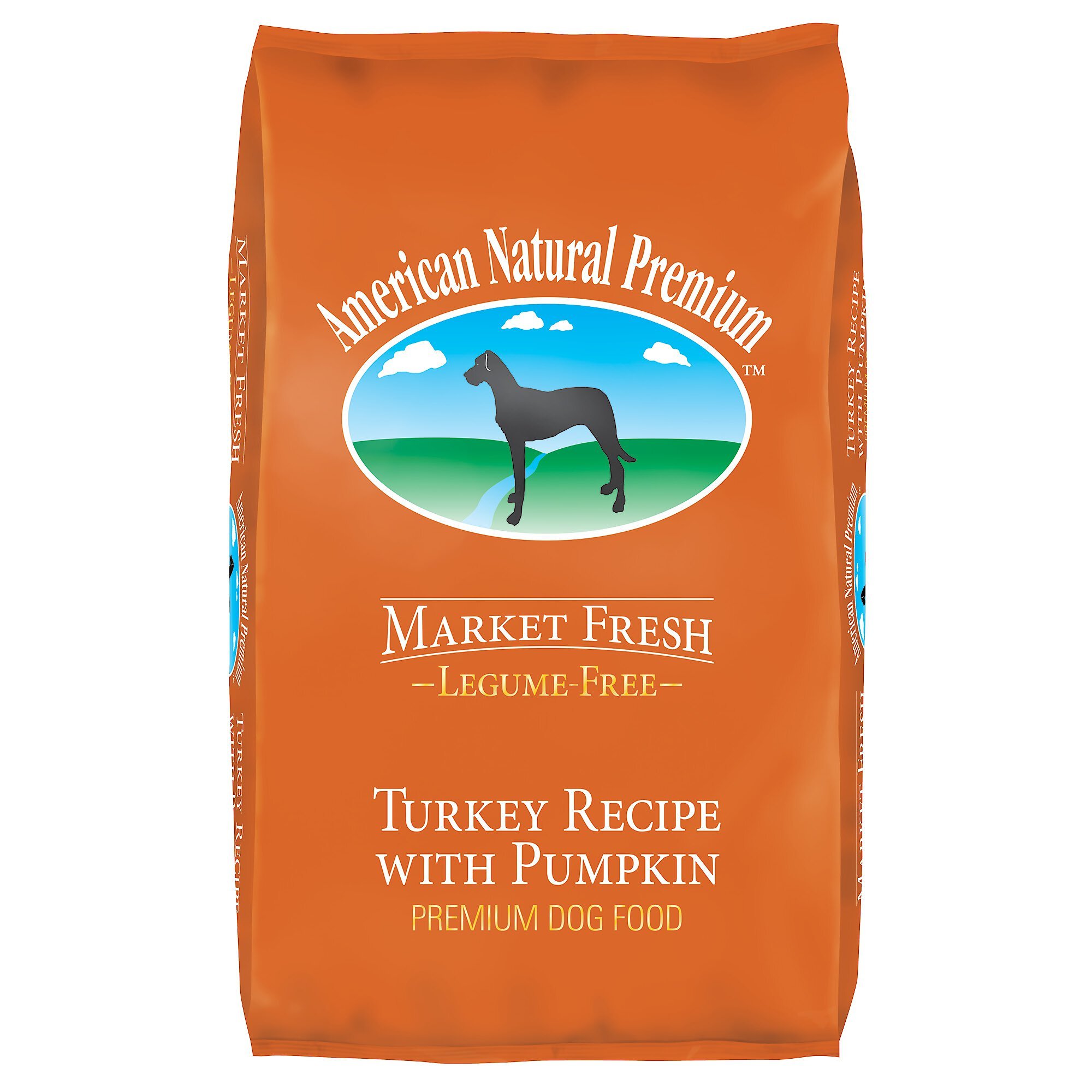Türk Sothew: Unveiling The Hidden Gems Of Turkish Wine Culture
There’s something magical about Turkish wine that you just have to experience for yourself. Imagine sipping a glass of rich, velvety red or a crisp, refreshing white while gazing at the rolling vineyards of Anatolia. This is the essence of what we call "Türk Sothew," a term that’s gaining traction among wine enthusiasts worldwide. But what exactly does it mean, and why should you care? Let’s dive in and uncover the secrets of this emerging trend in the global wine scene.
Türk Sothew isn’t just another buzzword; it’s a celebration of Turkey’s rich winemaking heritage that dates back thousands of years. From ancient civilizations to modern-day artisans, Turkey has been crafting wines that rival the best in the world. Yet, despite its historical significance, the global spotlight hasn’t fully embraced this treasure trove of flavors—until now.
Whether you’re a seasoned sommelier or a casual wine drinker, Türk Sothew offers something for everyone. It’s not just about the wine itself; it’s about the journey, the stories, and the culture behind every bottle. So grab your glass, and let’s explore the fascinating world of Turkish wines together.
- Indian Influencers Mms Leak The Unseen Side Of Digital Fame
- Aditi Mistry App Leaked Live The Full Story You Need To Know
What is Türk Sothew?
Let’s break it down. Türk Sothew essentially refers to the unique blend of tradition and innovation in Turkish winemaking. It’s a nod to the country’s indigenous grape varieties, such as Emir, Narince, and Boğazkere, which are slowly gaining recognition on the international stage. But it’s more than just the grapes; it’s about the people, the land, and the passion that goes into every bottle.
Think of it as a movement—a way to introduce the world to the rich tapestry of flavors that Turkey has to offer. From the sun-drenched vineyards of Thrace to the rugged terrains of Cappadocia, each region brings its own character to the table. And with more and more wineries popping up across the country, the future of Türk Sothew looks brighter than ever.
Why Türk Sothew Matters
Here’s the deal: Turkish wines are not just about drinking; they’re about experiencing. Every sip tells a story, whether it’s the tale of a family-run vineyard that’s been around for generations or the innovation of a young winemaker pushing boundaries. Türk Sothew is all about reconnecting with the roots of winemaking while embracing modern techniques.
- Bollyflox The Ultimate Streaming Hub For Bollywood Enthusiasts
- Kalakicis Telegram The Ultimate Guide To Exploring The Hidden Gems Of Messaging
For wine lovers, this means discovering new flavors and aromas that you won’t find anywhere else. For the curious traveler, it means exploring a country that’s as rich in history as it is in culture. And for the adventurous palate, it means stepping out of your comfort zone and trying something truly unique.
The History of Turkish Wine
Let’s take a little trip back in time. Turkey’s winemaking history is older than you might think. Archaeological evidence suggests that wine was being produced in Anatolia as far back as 4000 BC. That’s right—thousands of years before the Greeks and Romans started their own winemaking traditions.
Throughout history, Turkey has been a crossroads of civilizations, and each one left its mark on the local wine culture. The Hittites, the Phrygians, the Byzantines, and the Ottomans all contributed to the development of winemaking in the region. Even during the Ottoman Empire, when alcohol consumption was restricted, winemaking continued to thrive in certain areas, particularly among Christian communities.
Fast forward to today, and Turkey is once again reclaiming its place on the global wine map. With over 1,200 native grape varieties, the country has an incredible diversity of flavors waiting to be discovered.
Key Moments in Turkish Wine History
- 4000 BC: The earliest evidence of winemaking in Anatolia.
- 1200 BC: The Hittites establish laws regulating wine production.
- 330 AD: The Byzantine Empire becomes a major center for wine production.
- 1923: The founding of the Turkish Republic sees a renewed focus on agriculture, including viticulture.
- 2000s: Modern winemaking techniques and international recognition bring Turkish wines to the forefront.
Türk Sothew: The Indigenous Grape Varieties
One of the most exciting aspects of Türk Sothew is the wide variety of indigenous grapes that are used in Turkish wines. These grapes are not only unique to the region but also offer a range of flavors and aromas that are distinct from their European counterparts.
Let’s take a closer look at some of the most popular varieties:
Emir: The Queen of Turkish Whites
Emir is often referred to as the "queen" of Turkish white wines. Known for its floral and citrusy notes, this grape variety thrives in the arid climate of Cappadocia. It’s a perfect match for seafood dishes and is gaining popularity among international wine connoisseurs.
Narince: The Delicate White
Narince is another white grape variety that’s making waves in the global wine scene. With its delicate aroma of green apple and pear, Narince is often blended with other varieties to create complex and balanced wines. It’s a favorite among those who prefer lighter, more refreshing whites.
Boğazkere: The Bold Red
Boğazkere is the star of Turkish red wines. This grape variety is known for its bold tannins and rich flavors of dark fruit and spice. It’s often compared to Cabernet Sauvignon and pairs beautifully with hearty meat dishes. If you’re looking for a wine that can stand up to a robust meal, Boğazkere is your go-to choice.
The Regions of Turkish Wine
Just like any great wine country, Turkey has several distinct regions, each with its own climate, soil, and winemaking traditions. Here are some of the most notable ones:
Thrace: The Gateway to Europe
Located in the northwest of Turkey, Thrace is the country’s largest wine-producing region. With its fertile soil and Mediterranean climate, it’s the perfect place for growing international varieties like Cabernet Sauvignon and Merlot. But don’t overlook the local favorites like Kalecik Karası, which adds a unique twist to the region’s wines.
Cappadocia: The Land of Fairy Chimneys
Known for its otherworldly landscapes, Cappadocia is also a hub for white wine production. The region’s high altitude and volcanic soil create ideal conditions for grapes like Emir and Narince. The wines from Cappadocia are known for their crisp acidity and vibrant flavors.
Pamukkale: The Hidden Gem
Nestled in the southwest of Turkey, Pamukkale is a relatively new player in the Turkish wine scene. But don’t let that fool you; this region is quickly gaining a reputation for its high-quality reds, particularly those made from the Öküzgözü grape. With its picturesque vineyards and stunning natural beauty, Pamukkale is a must-visit for any wine lover.
The Art of Türk Sothew Winemaking
Winemaking in Turkey is a blend of tradition and innovation. While many winemakers still use age-old techniques passed down through generations, others are embracing modern technology to push the boundaries of what’s possible.
One of the key aspects of Türk Sothew winemaking is the emphasis on sustainability. Many vineyards are committed to organic and biodynamic practices, ensuring that the land remains healthy for future generations. This focus on sustainability not only benefits the environment but also results in wines that are full of character and depth.
The Role of Small-Batch Wineries
Small-batch wineries play a crucial role in the Türk Sothew movement. These boutique operations often focus on producing limited quantities of high-quality wines, allowing them to experiment with different grape varieties and winemaking techniques. The result is a diverse range of wines that showcase the best of what Turkey has to offer.
Türk Sothew in the Global Market
So, where does Türk Sothew fit into the global wine market? The answer is: it’s making waves. As more and more people discover the unique flavors and aromas of Turkish wines, the demand for Türk Sothew is on the rise.
But it’s not just about the wines themselves; it’s about the stories behind them. Consumers today are more interested than ever in the origins of the products they consume. And with its rich history and diverse grape varieties, Turkey has plenty of stories to tell.
Exporting Türk Sothew
While Turkish wines are still relatively new to the international market, exports are growing steadily. Countries like the United States, Germany, and the United Kingdom are among the biggest importers of Turkish wines. And with more wineries investing in marketing and distribution, the future looks bright for Türk Sothew on the global stage.
How to Enjoy Türk Sothew
Now that you know all about Türk Sothew, it’s time to enjoy it. Here are a few tips to help you get the most out of your Turkish wine experience:
- Pair Emir with light seafood dishes like grilled fish or shrimp.
- Try Narince with salads or vegetarian dishes for a refreshing twist.
- Match Boğazkere with hearty meat dishes like lamb or beef stew.
- Experiment with different food pairings to discover new flavor combinations.
Hosting a Türk Sothew Tasting
Why not host your own Türk Sothew tasting party? Invite friends over, gather a selection of Turkish wines, and explore the different flavors and aromas together. It’s a great way to learn more about the wines while having fun at the same time.
Conclusion: Why Türk Sothew Deserves Your Attention
In conclusion, Türk Sothew is more than just a trend; it’s a celebration of Turkey’s rich winemaking heritage and its potential for the future. From its indigenous grape varieties to its diverse regions, there’s something for everyone in the world of Turkish wines.
So next time you’re in the mood for something different, give Türk Sothew a try. Whether you’re a seasoned sommelier or a casual wine drinker, you’re sure to find a bottle that speaks to you. And don’t forget to share your experiences with others—after all, the best way to enjoy wine is with good company.
Got any questions or comments? Feel free to drop them below. And if you enjoyed this article, be sure to check out our other content on all things wine-related. Cheers to exploring the world of Türk Sothew!
Table of Contents
- What is Türk Sothew?
- Why Türk Sothew Matters
- The History of Turkish Wine
- Key Moments in Turkish Wine History
- Türk Sothew: The Indigenous Grape Varieties
- Emir: The Queen of Turkish Whites
- Narince: The Delicate White
- Boğazkere: The Bold Red
- The Regions of Turkish Wine
- Thrace: The Gateway to Europe
- Cappadocia: The Land of Fairy Chimneys
- Pamukkale: The Hidden Gem
- The Art of Türk Sothew Winemaking
- The Role of Small-Batch Wineries
- Türk Sothew in the Global Market
- Exporting Türk Sothew
- How to Enjoy Türk Sothew
- Hosting a Türk Sothew Tasting
- Joel Michael Singer Apology The Inside Story You Need To Know
- Tom Segura Republican A Deep Dive Into The Comedians Political Views

Sotwe Gass Photos, Download The BEST Free Sotwe Gass Stock Photos & HD

Sotwe+Köylü+Fotoğrafları Photos, Download The BEST Free Sotwe+Köylü

Unleash Sotwe Premium's Power Features & Benefits